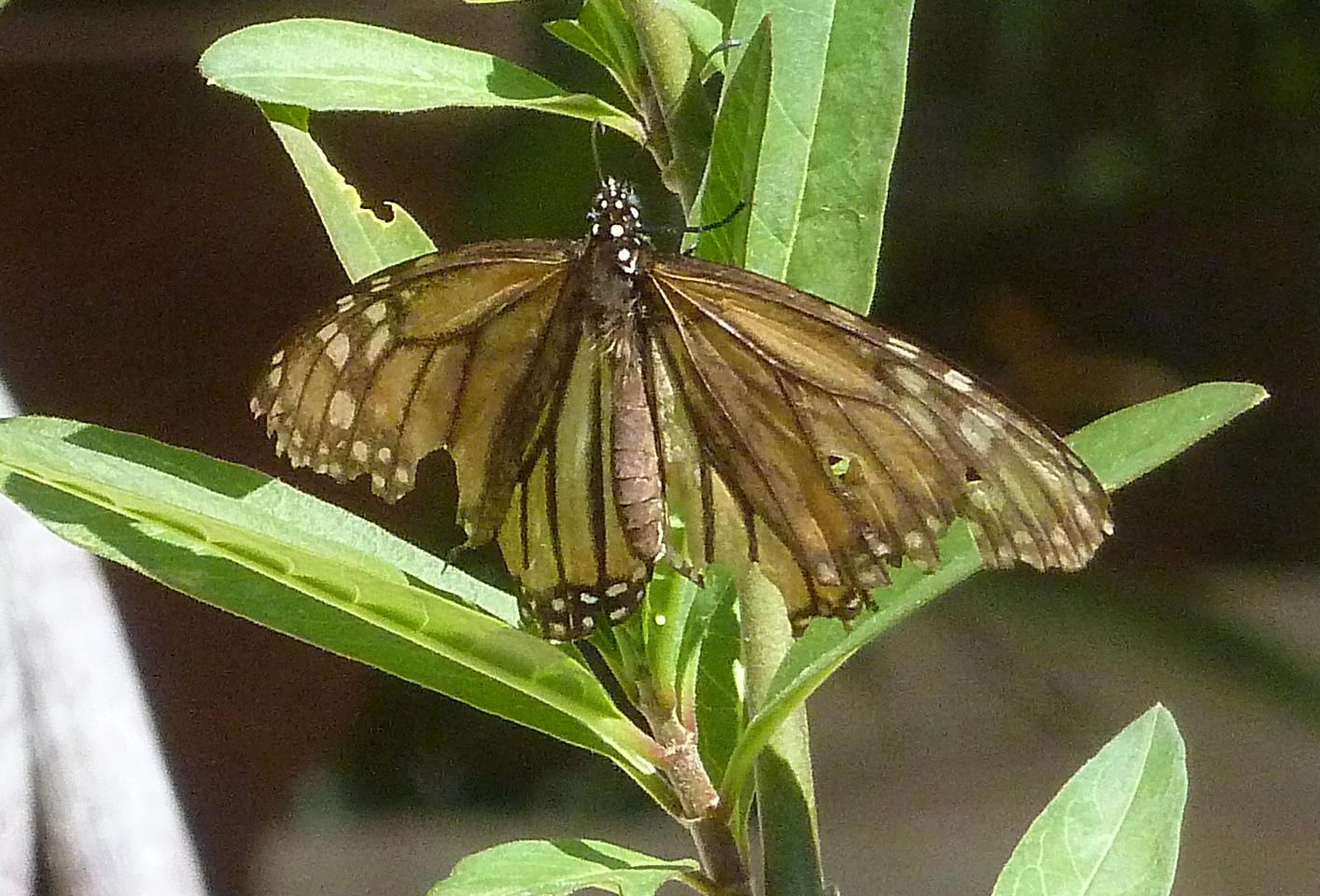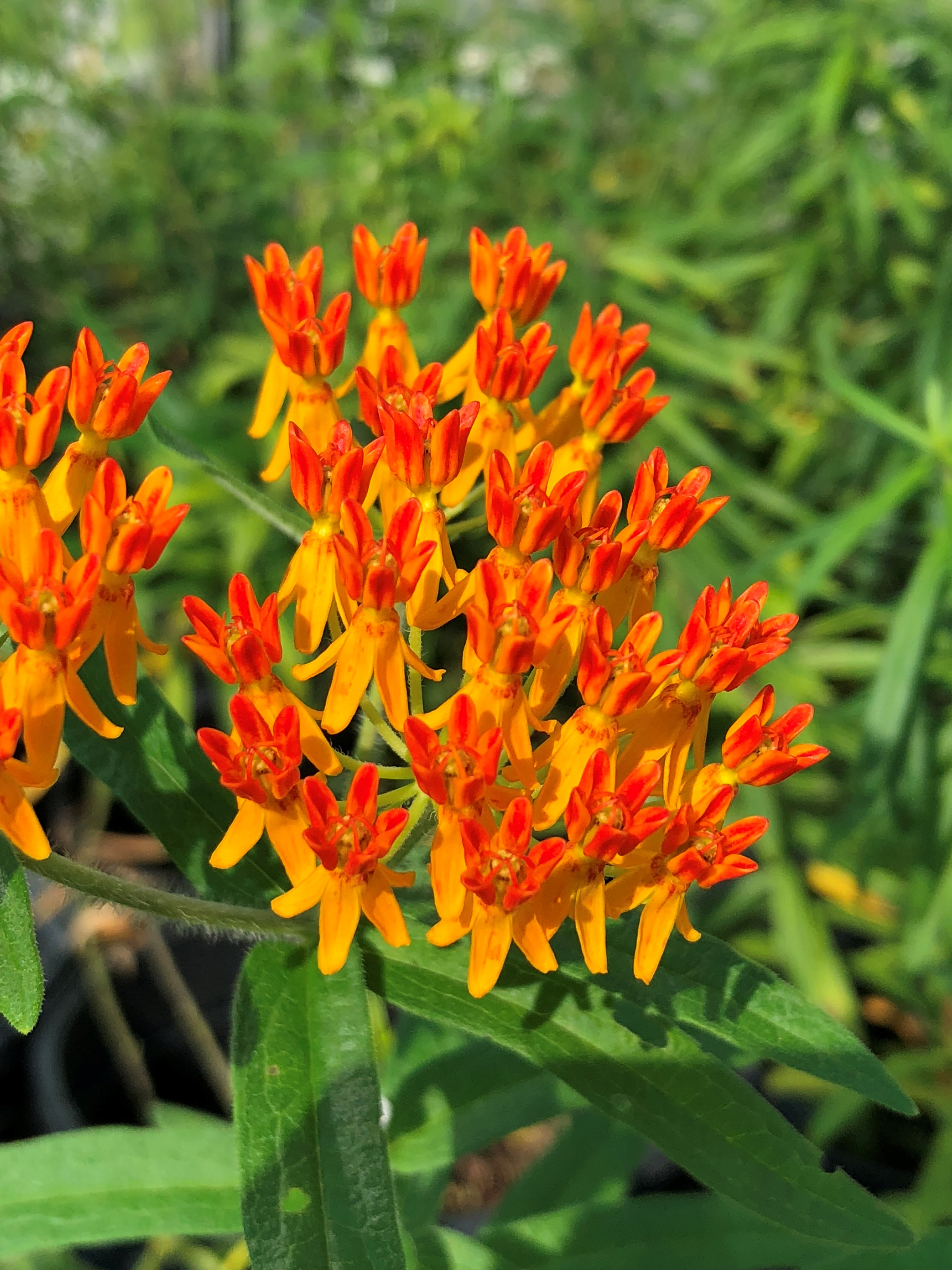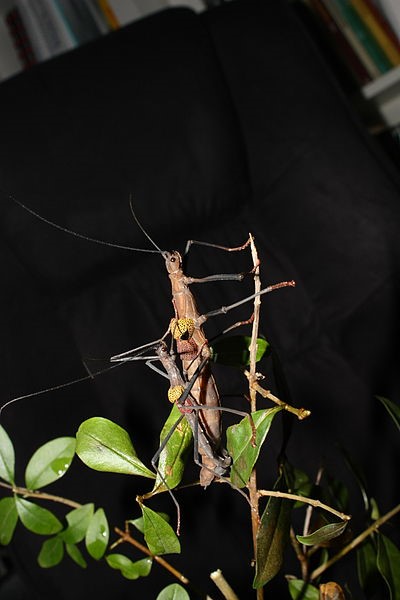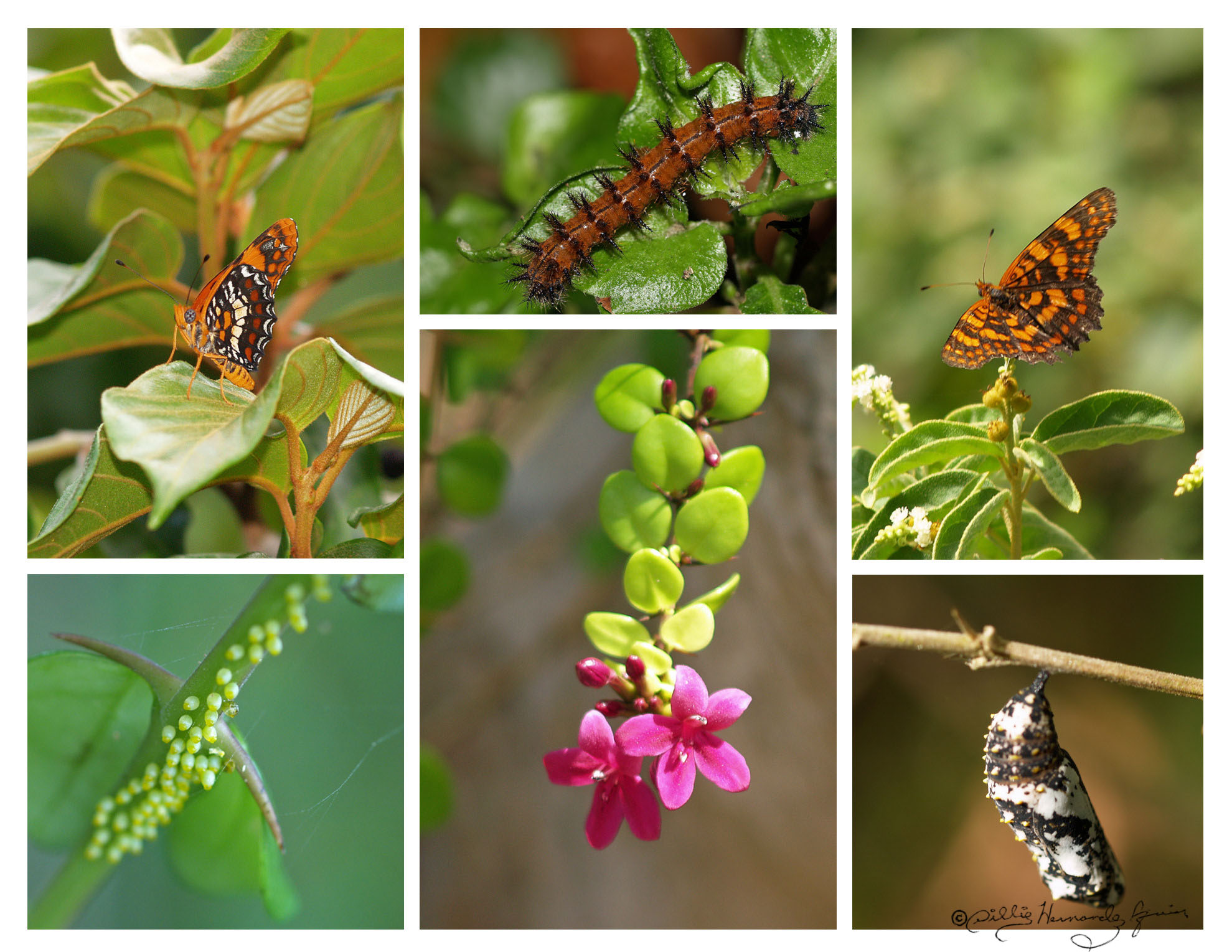My friends Bob and Bev photographed this very faded, tattered female monarch flying around the milkweed plants in their backyard near the Museum last week. The butterfly is a migrant from Mexico, looking for places to lay her eggs as a last hurrah before she dies.
She must be very tired!
Last fall, she flew from somewhere in eastern North America all the way to central Mexico, where she spent the winter mostly in hibernation. A few weeks ago, she and the other overwintering butterflies, sensing the lengthening days and warming temperatures, left the shelter of the sanctuary’s trees and headed back north to complete the journey. They are just now getting to Texas.
This old girl’s eggs will hatch and — if they have enough milkweed — the caterpillars will mature and pupate. Then, when they emerge as adult butterflies, at least some of them will continue the journey north. By July, monarchs will have reached the northern limit of their range. These summer generations don’t live as long, and don’t travel nearly as far.
 If you see worn and faded monarchs at this time of year, they are almost certainly migrants returning from their winter in Mexico. You can help them to fulfill their “purpose” by providing nectar for their last few meals, and more importantly, milkweed for the new generation. These returning migrants will only last a few days now that they’ve gotten here — they are on their last “wings” after nearly nine months of life, and at least 2,000 miles of travel.
If you see worn and faded monarchs at this time of year, they are almost certainly migrants returning from their winter in Mexico. You can help them to fulfill their “purpose” by providing nectar for their last few meals, and more importantly, milkweed for the new generation. These returning migrants will only last a few days now that they’ve gotten here — they are on their last “wings” after nearly nine months of life, and at least 2,000 miles of travel.
- A healthy Monarch Butterfly











